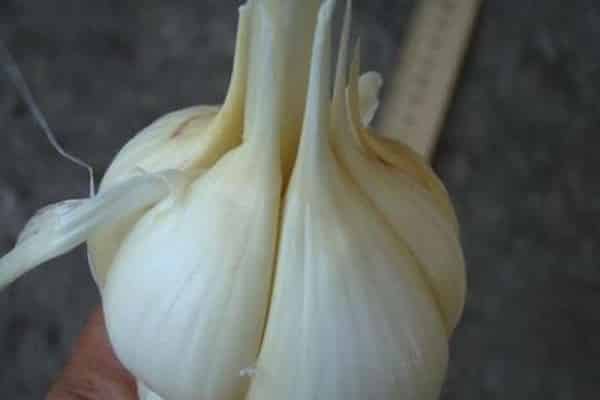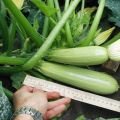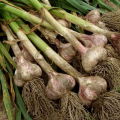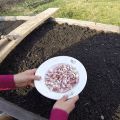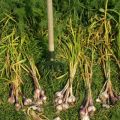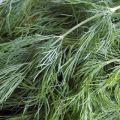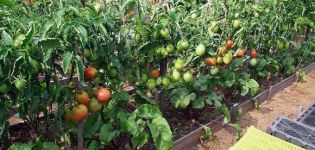Description of the variety of winter garlic Gribovsky, features of cultivation and care
Gribovsky is a winter garlic with excellent characteristics, thanks to which the vegetable is grown both on a small and industrial scale. The pungent onions are used for seasoning, hot meals and preservation.
Feature and Description
The Gribovskiy garlic variety includes the following varieties: Gribovskiy 60, Gribovskiy 80, Gribovskiy Yubileiny. Depending on the type of vegetable and the climate of the region, the growing season of the crop lasts 80–125 days.
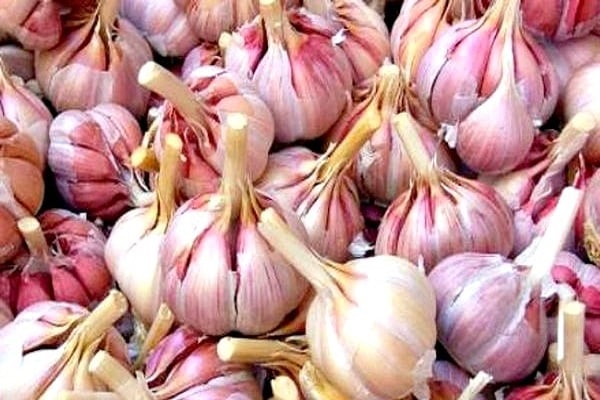
Plants of all subspecies in the middle of the growing season release arrows, the length of which often reaches 1–1.5 m. Umbrellas are formed at the top of the arrows, in which seeds are formed. The length of the leaf plates is 15–20 cm, the width is 2.5 cm. The aboveground part consists of 10–12 leaves.
The variety has high immunity to a number of diseases of fungal and viral origin. Gribovskiy is tolerant to sudden temperature changes and adverse weather conditions: it tolerates both drought and cold well.

Description of the head of garlic Gribovsky:
- Weight - 30-60 g, in rare cases the bulbs weigh 100 g.
- The head consists of 5–12 single-gauge teeth.
- The shape is flat-round with a slightly elongated tip.
- The surface of the cloves is yellow with purple or purple streaks.
- The taste is good: the taste is spicy, the smell is rich.
As you can see, the characteristic of winter garlic gives hope for a generous harvest in regions with changeable weather. But in order for a culture to 100% show its potential inherent in nature, it is necessary to properly plant and provide proper care.
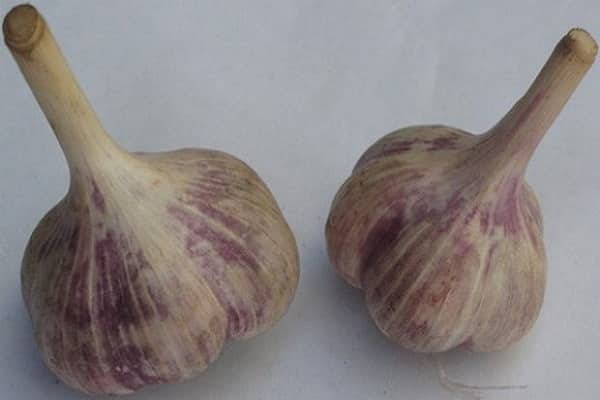
Landing
Garlic is planted a month before the onset of persistent winter cold. Depending on the climate of the growing region, planting is carried out in late September - mid-October. Planting a crop earlier or later than this time is not recommended, as the plantings may freeze out. On the eve of landing, the following manipulations are carried out:
- Seed preparation. For planting, large cloves of garlic are selected, which have no mechanical damage and signs of disease. To prevent the development of pathogenic microflora, the planting material is soaked in one of the industrial fungicides or in a weak solution of potassium permanganate.
- Site selection and preparation. Since garlic is a light-loving plant, for its cultivation, you need to choose sunny areas that do not flood ground or melt water. The culture grows best on loose sandy loam and loam. A vegetable crop growing on a clayey semi-shaded area brings a scanty harvest. Garlic of the Gribovsky variety bears fruit well in the beds where legumes, cucumbers, and cabbage grew last season.
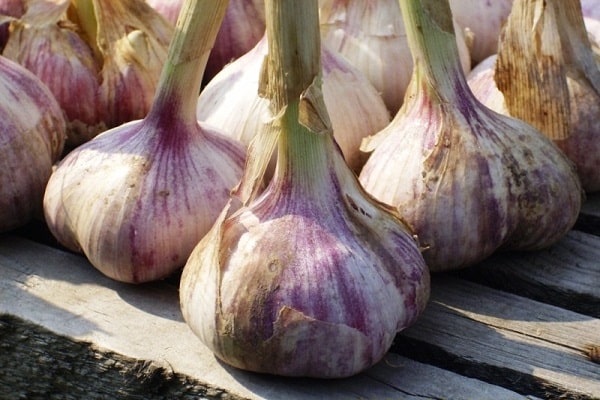
In the area allocated for planting, humus is laid out, and then the soil is deeply dug up. If there is no rotted manure, it can be replaced with compost. Organic consumption per 1 sq. m. area - 5 kg. In order for the land to settle a little, the preparation of the site is carried out 2 weeks before the intended landing. It is impossible to plant garlic in loose soil, as the bulbs will be small.
The soil is leveled and rows are made, leaving 30 cm of free space between them. Depending on the size of the teeth or seeds, the depth of the furrows is 5–7 cm. Garlic is planted with the bottom down at an interval of 10–15 cm. So that moisture does not evaporate so quickly and weeds do not grow, a layer of chopped straw or hay is covered between the rows of plants. Thanks to this simple manipulation, the work of the gardener will significantly decrease.
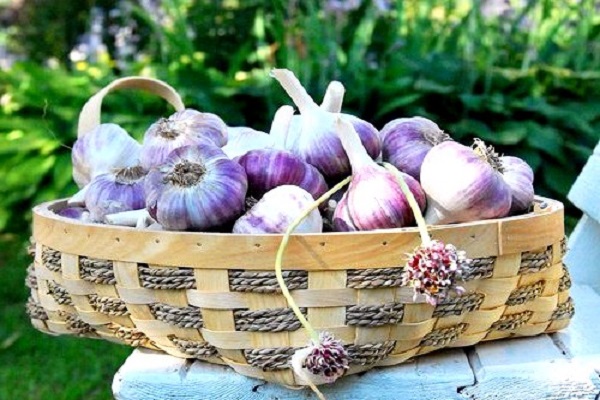
Care
Whatever the ideal description of the variety, in order for the culture to grow rapidly and eventually form large bulbs, it is necessary to create suitable conditions for it. The gardener who set about growing winter garlic, must perform the following garden manipulations:
- Watering. Garlic is not very picky about moisture: one abundant watering per week is enough for a culture. In pursuit of a large harvest, it is impossible to increase the frequency of watering, as plants can get sick with root rot or one of the fungal diseases. To prevent the vegetable from becoming watery and ripening faster, watering is stopped at the beginning of July.
- Top dressing. Fertilize garlic Gribovsky 60 2-3 times. For the first feeding, before the snow melts, ammonium nitrate is scattered over the garden bed. The second and third top dressing is applied in April with an interval of 2 weeks. Slurry, poultry manure solution, complex mineral fertilizers, which include potassium and phosphorus, are used as nutrient mixtures. Contrary to popular belief that the more fertilizers, the greater the yield, overfeeding is harmful for the plant. Due to the excess of trace elements, the bulbs left for the winter quickly deteriorate.
- Cut off arrows. In order for the nutrients to go to the formation of the bulbs, the shoots are removed on the garlic as soon as their length reaches 5 cm. If you plan to harvest the seeds, do not pinch off the arrows.
- Weeding and loosening. These manipulations are simply vital to the culture for normal growth. Weeds are pulled out as they emerge, and the soil is loosened after watering and rains. In practice, it has been proven that in a well-aerated and permeable soil, Gribovsky garlic grows larger.
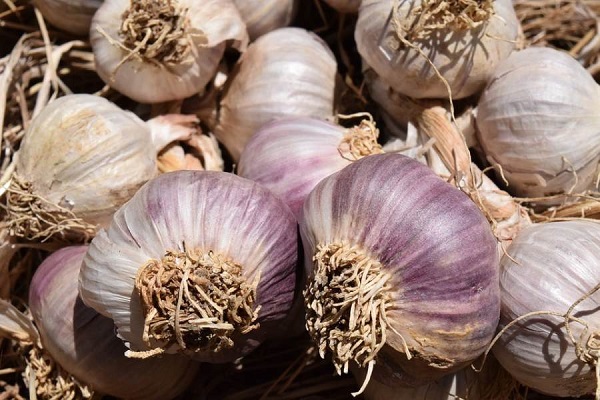
Harvest
The harvest of Gribovsky garlic is harvested immediately after the stems turn yellow and bend slightly. Depending on the location of the region, harvesting is carried out in the second or third decade of July. The bulbs are pried up with a pitchfork, pulled out of the ground and gently shaken off the soil.
Garlic is dried on a burlap in the open air or in a ventilated room. The damaged heads are immediately eaten, and all the rest are placed in wooden perforated boxes and taken to the cellar for storage.
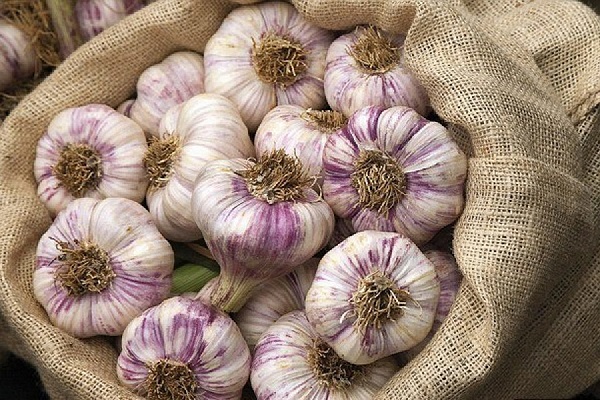
Reviews
In the era of computer technology, the Internet is used not only by business people, but also by gardeners. Most of the comments left on the forums about Gribovsky garlic are positive. Vegetable growers confirm the immunity and tolerance to weather conditions declared in the description. The pungent taste of the vegetable is especially praised, which allows it to be used for cooking any dishes.
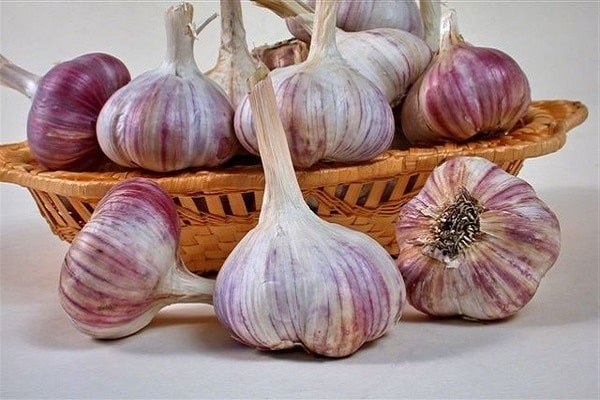
The main disadvantage of the variety is the small size and average keeping quality of the Gribovsky Yubileiny garlic variety.
If you have grown the Gribovsky variety, please leave feedback. Your opinion will help many gardeners to weigh the pros and cons of culture and make the right choice.
